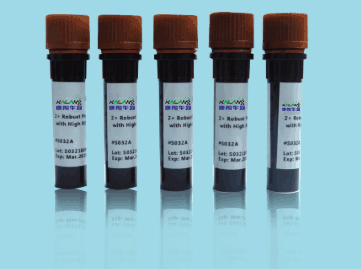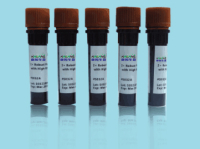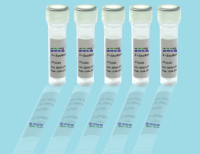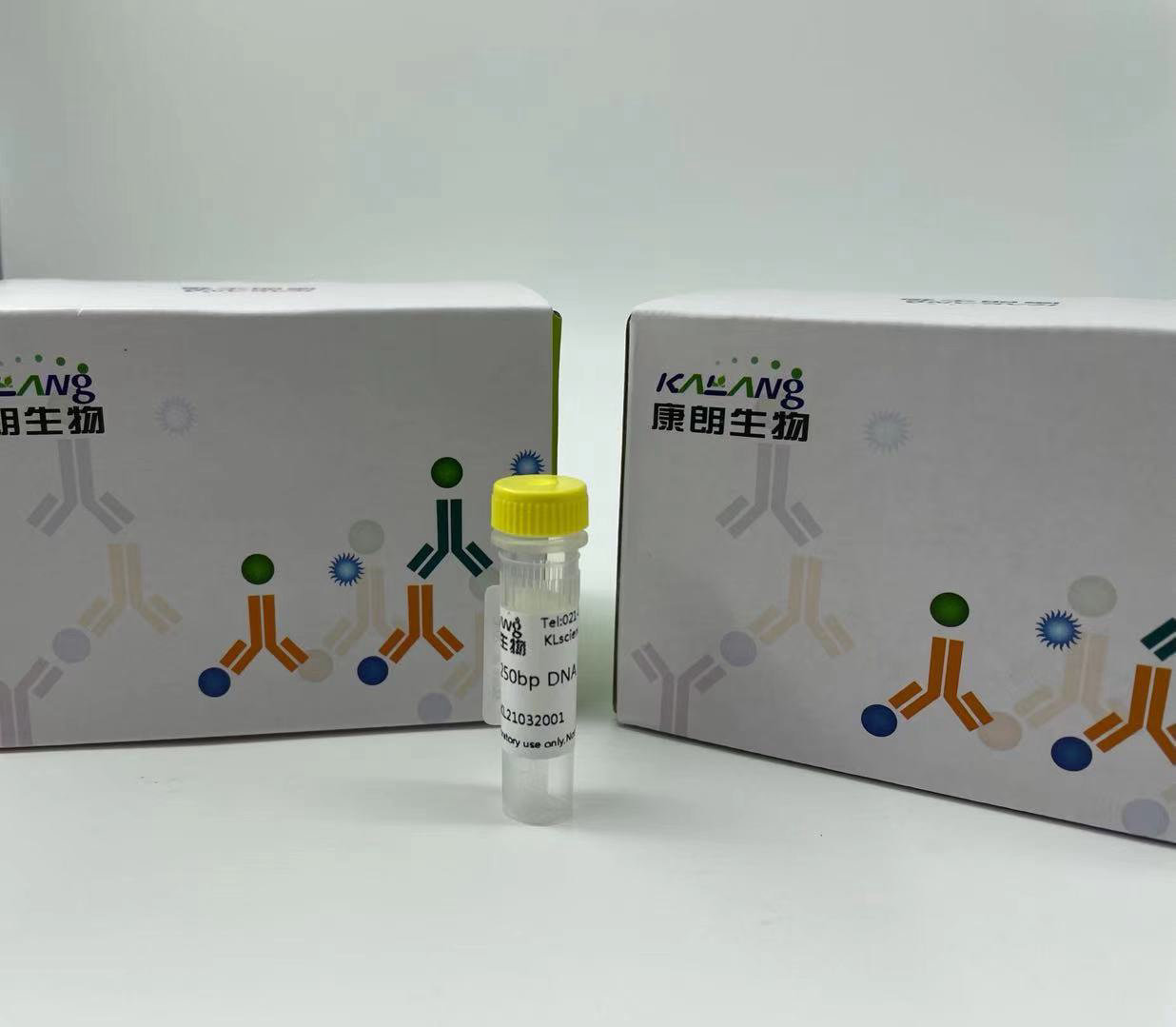

客服电话:021-61998208


CRGA rabbit Polyclonal Antibody
CRGA rabbit polyclonal antibody
应用:WB 1:500-2000
产品名:CRGA rabbit Polyclonal Antibody
货号:ATA27513
种类(Category)
Primary antibodies
宿主(Host)
Rabbit
反应种属(Species specificity)
Human, Mouse,Rat
应用实验(Tested applications)
WB
克隆性(Clonality)
Polyclonal
偶连物(Conjugation)
Unconjugated
免疫原(Immunogen)
Synthesized peptide derived from human CRGA
状态(Form)
Liquid
存放条件(Storage)
Use a manual defrost freezer and avoid repeated freeze thaw cycles. Store at 4 °C for frequent use. Store at -20 to -80 °C for twelve months from the date of receipt.
纯化方式(Purity)
The antibody was affinity-purified from rabbit serum by affinity-chromatography using specific immunogen.
产品背景:Crystallins are separated into two classes: taxon-specific, or enzyme, and ubiquitous. The latter class constitutes the major proteins of vertebrate eye lens and maintains the transparency and refractive index of the lens. Since lens central fiber cells lose their nuclei during development, these crystallins are made and then retained throughout life, making them extremely stable proteins. Mammalian lens crystallins are divided into alpha, beta, and gamma families; beta and gamma crystallins are also considered as a superfamily. Alpha and beta families are further divided into acidic and basic groups. Seven protein regions exist in crystallins: four homologous motifs, a connecting peptide, and N- and C-terminal extensions. Gamma-crystallins are a homogeneous group of highly symmetrical, monomeric proteins typically lacking connecting peptides and terminal extensions. They are differentially regulated after early development. Four gamma-crystallin genes (gamma-A through gamma-D) and three pseudogenes (gamma-E, gamma-F, gamma-G) are tandemly organized in a genomic segment as a gene cluster. Whether due to aging or mutations in specific genes, gamma-crystallins have been involved in cataract formation. [provided by RefSeq, Jul 2008],
特别提示:本公司的所有产品仅可用于科研实验,严禁用于临床医疗及其他非科研用途!









